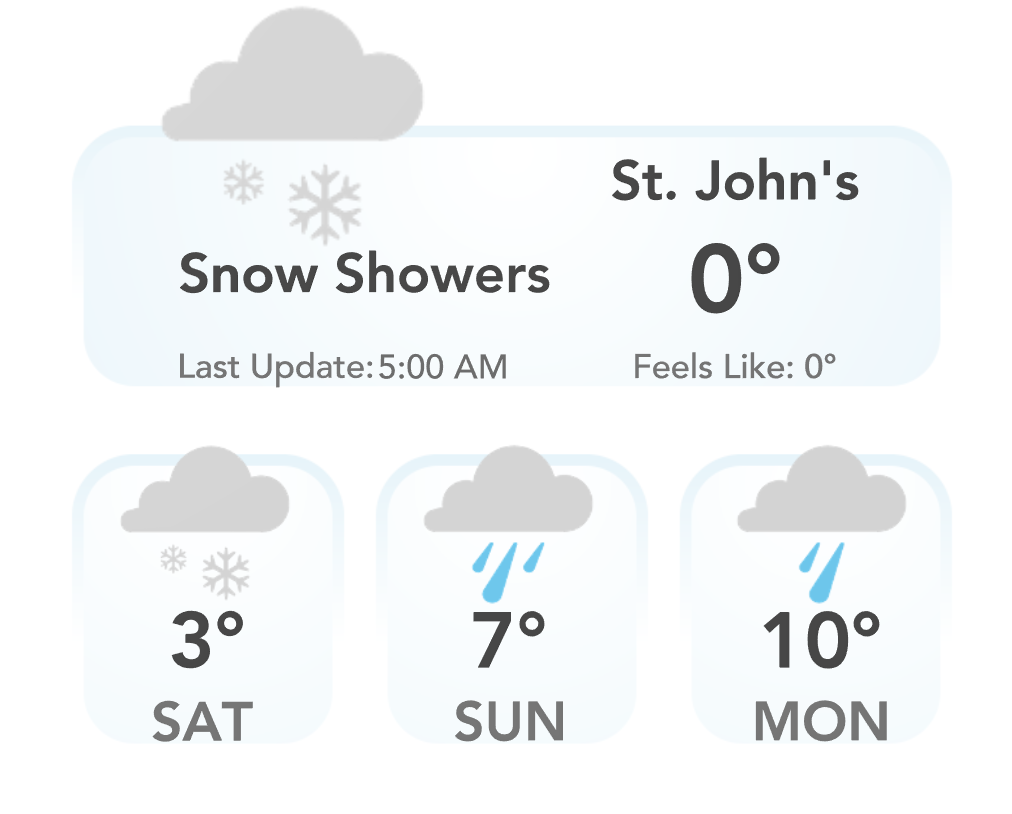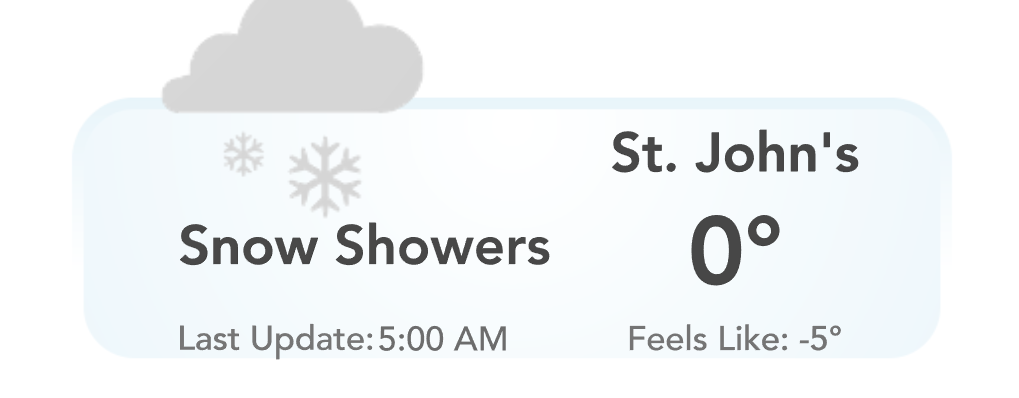Hurricane Lee is poised to become a major hurricane in the next 24 hours
Hurricane Lee is rapidly strengthening this afternoon and is now a category 2 storm on the Safer-Simpson scale and packing maximum sustained winds of 165 km/h. The storm is heading west-northwest at 24 km/h and the central pressure is 983 mb and falling. The storm is located 1405 km east of the northern Leeward Islands.
The 5-day forecast track for Lee continues to show the storm maintaining a west-northwest track, north of the Caribbean Islands. The storm will also become a large and extremely dangerous hurricane during that time frame. And will likely be the first category 5 storm in the Atlantic Basin this year.

Beyond the 5-day forecast, there is relatively good agreement Lee will make a turn toward the north and eventually the northeast and will start to lose its punch as it leaves the warmer waters.

At this point it is too soon to say if the storm will impact Atlantic Canada late next week, however, it is something we need to monitor closely. The image above currently shows a wide range of options from the Grand Banks to New England.
Stay tuned for further updates.

































